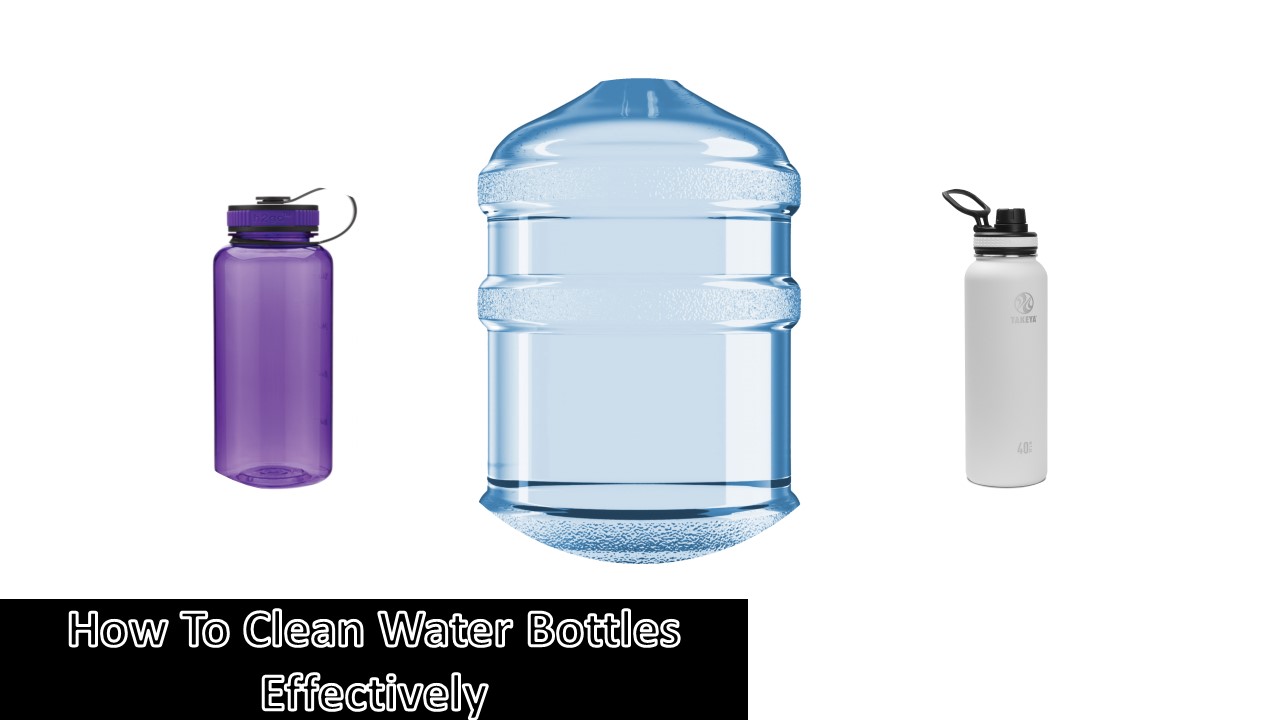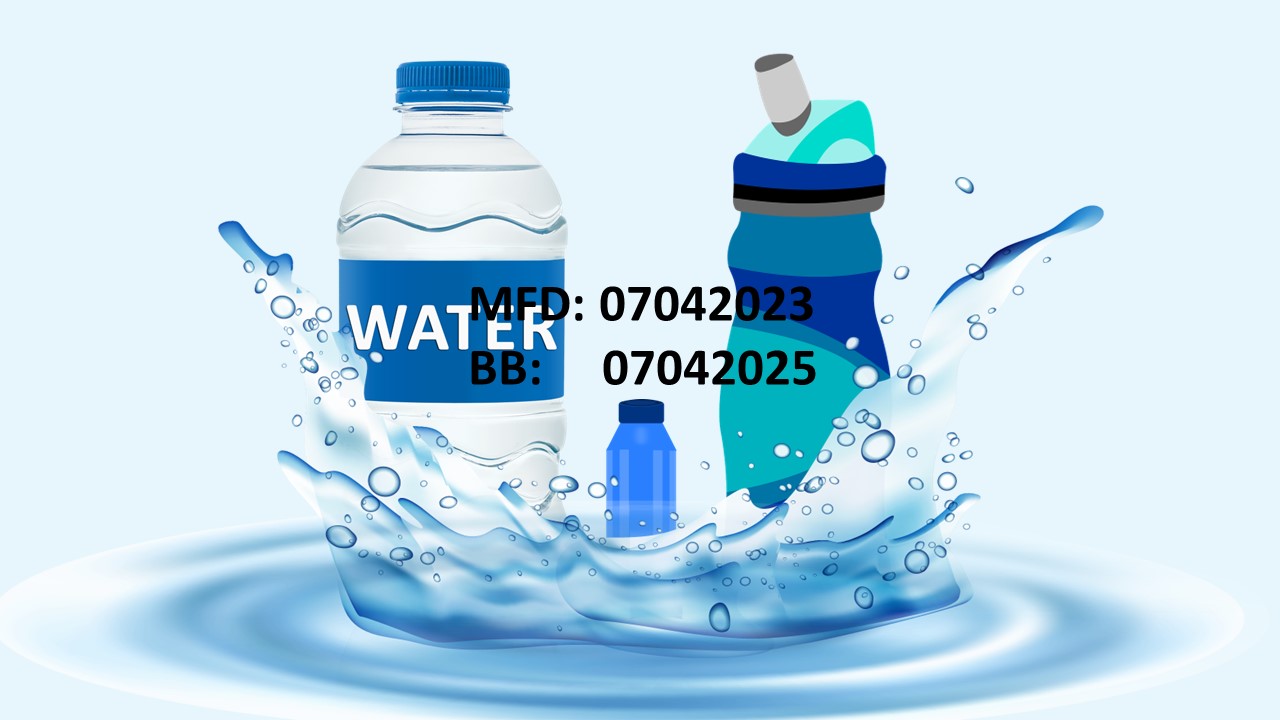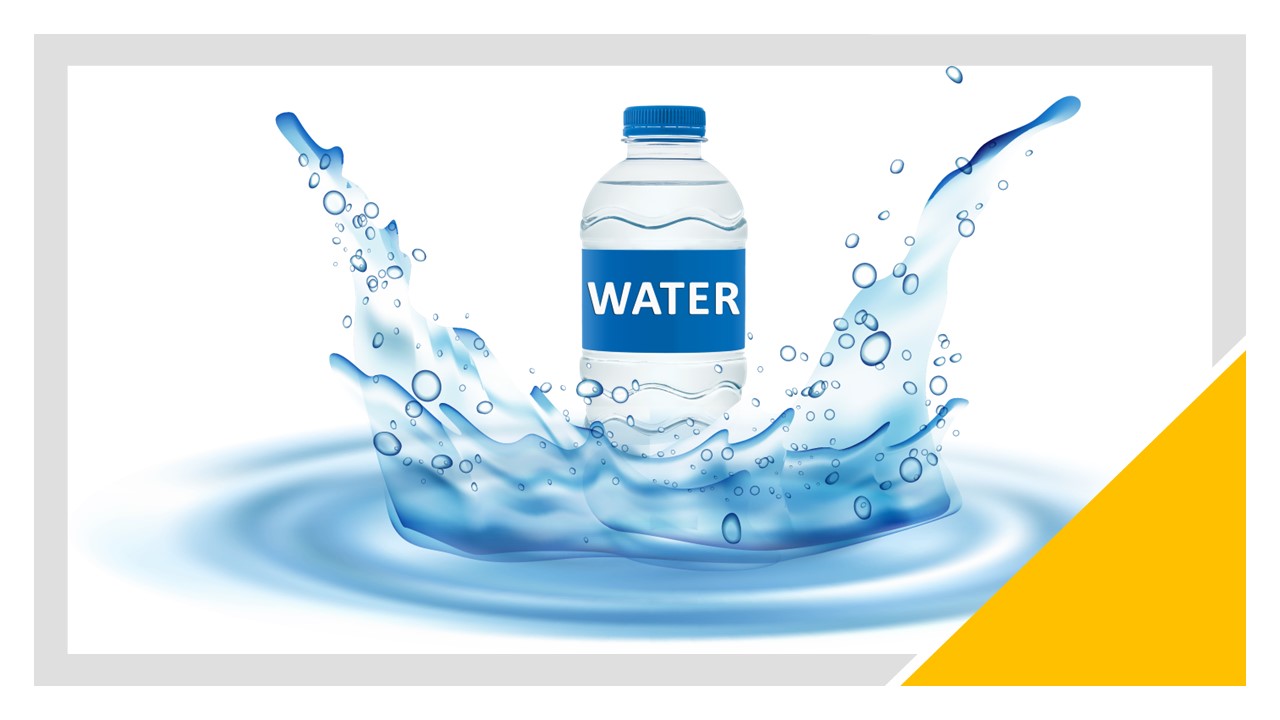Are Water Bottles Allowed On Planes? The Definitive Answer and Essential Tips for Travelers
Are water bottles allowed on planes? Yes, you can bring water bottles on planes, but there are regulations and guidelines to follow. You can either bring an empty water bottle on planes and filled it with water after the security check or bring a water bottle filled with nothing more than 3.4 oz liquid.
Understanding these rules is crucial for a smooth and hassle-free travel experience. Travel involves different scenarios, countries, airlines, and flight types, which may lead to exceptions and special circumstances.
In this article, we will break down the 3-1-1 rule, explaining why it exists and how it impacts passengers. Whether you’re a frequent flyer or embarking on your first journey, this article will equip you with the knowledge you need to navigate the regulations surrounding water bottles on planes. So, let’s dive in
Are Water Bottles Allowed On Planes?
Yes, water bottles are generally allowed on planes, but there are regulations and guidelines that need to be followed. The Transportation Security Administration (TSA) in the United States allows passengers to bring water bottles in their carry-on luggage, subject to the 3-1-1 rule.
According to the 3-1-1 rule, liquids, including water, must be carried in containers of 3.4 ounces (100 milliliters) or less. These containers should be placed in a single quart-sized clear plastic bag. Each passenger is typically allowed one plastic bag for carrying liquids through the security checkpoint.
It’s important to note that the rules and regulations may vary slightly depending on the country, airline, and type of flight (domestic or international). Therefore, it’s advisable to check the specific guidelines provided by the airline you are traveling with to ensure compliance.
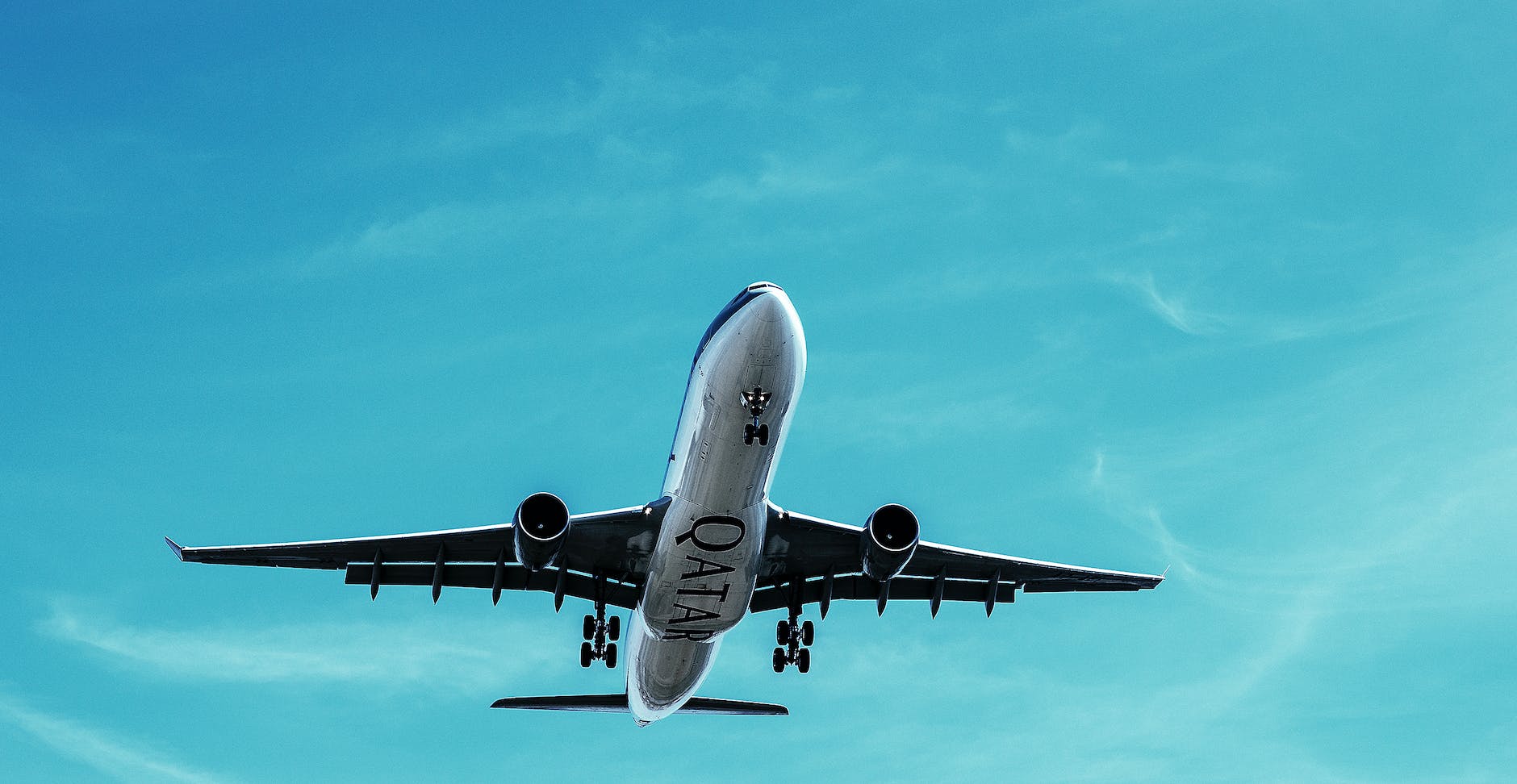
Introduction To Airline Regulations
Airline regulations play a crucial role in ensuring the safety and security of passengers and crew members during air travel. These regulations establish guidelines and restrictions on the items passengers can carry on planes.
Understanding and complying with these regulations is essential for a smooth and hassle-free journey.
Safety and Security
Airline regulations are primarily designed to maintain the safety and security of passengers and crew members. They are formulated based on extensive research, analysis of potential risks, and collaboration with aviation authorities.
By enforcing these regulations, airlines aim to mitigate any threats that may arise from certain items being brought on board.
Preventing Dangerous Goods
One of the key objectives of airline regulations is to prevent the transportation of dangerous goods or substances that could pose a risk to the aircraft, passengers, or crew.
This includes items that are flammable, explosive, or otherwise hazardous. By strictly controlling what passengers can bring on board, airlines reduce the potential for accidents, fires, or other hazardous incidents.
Compliance With International Standards
Airlines adhere to international standards and guidelines established by organizations such as the International Civil Aviation Organization (ICAO) and national aviation authorities. These standards ensure uniformity and consistency in aviation safety practices worldwide.
They provide a framework for airlines to develop their own regulations, taking into account regional considerations and specific operational requirements.
Regulations For Carry-On Luggage
Carry-on luggage refers to the bags or items that passengers are allowed to bring with them into the aircraft cabin. Airline regulations outline the size, weight, and content restrictions for carry-on bags.
These regulations vary among airlines and can depend on factors such as the type of aircraft, class of travel, and destination. It is important to familiarize yourself with the specific regulations of the airline you are flying with.
Water Bottle Regulations
Regarding water bottles, the regulations typically follow the guidelines set by the Transportation Security Administration (TSA) in the United States. Passengers are generally allowed to carry liquids, including water, in their carry-on luggage.
However, there are limitations to ensure safety and security. The 3-1-1 rule, widely followed by the TSA, permits passengers to bring liquids in containers of 3.4 ounces (100 milliliters) or less, all of which must fit into a single quart-sized clear plastic bag.
These restrictions aim to prevent the transportation of larger quantities of liquids that could potentially be harmful.
By complying with airline regulations, passengers contribute to the overall safety and security of air travel. Understanding the rules and restrictions regarding items such as water bottles is essential to ensure a smooth journey.
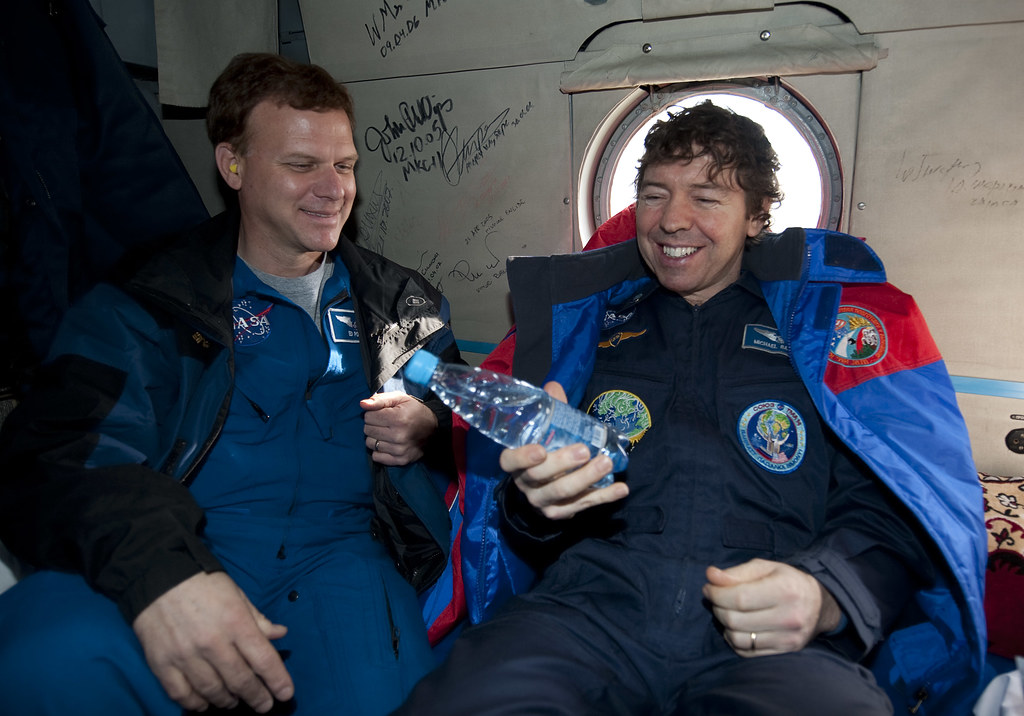
Can I Bring A Full Water Bottle Through Security?
Generally, you cannot bring a full water bottle through the security checkpoint. The TSA prohibits carrying containers with more than 3.4 ounces (100 milliliters) of liquid through the screening process. This restriction applies to both plastic and metal water bottles.
However, there is an exception for empty water bottles, which you can bring through security and refill later.
Can I Bring A Reusable Water Bottle On The Plane?
Yes, you can bring a reusable water bottle on a plane. Reusable water bottles are an excellent option for staying hydrated during air travel.
Empty reusable bottles are generally allowed through the security checkpoint, and you can refill them at water fountains or designated water filling stations available in airports. It’s important to ensure that your reusable bottle is empty before going through security.
What Are Some Ways To Stay Hydrated On A Plane Without Bringing A Water Bottle?
If you prefer not to bring a water bottle or have difficulty carrying one, there are alternative ways to stay hydrated during a flight:
1. Drink water provided by the flight attendants: Airlines typically offer water or other beverages during the flight. Take advantage of these services and ask for water when needed.
2. Consume hydrating foods: Opt for foods with high water content, such as fruits (watermelon, oranges, grapes) and vegetables (cucumbers, celery). These can help replenish your hydration levels.
3. Use a collapsible water bottle: Consider carrying a collapsible water bottle that takes up less space when empty. You can fill it after passing through security or ask a flight attendant to fill it for you during the flight.
Tips For Packing Water Bottles For Your Flight
When packing water bottles for your flight, consider the following tips:
1. Empty your water bottle: Ensure that your water bottle is empty before going through the security checkpoint. This will help you comply with the 3-1-1 rule and avoid any inconvenience.
2. Consider collapsible or foldable bottles: If you prefer to bring a water bottle, opt for collapsible or foldable ones. These types of bottles take up less space in your bag when empty.
3. Protect against leaks: To prevent leaks, place your water bottle in a sealable plastic bag or use leak-proof bottles. This will help keep your belongings dry.
Features Of The Best Water Bottle To Bring On A Plane
1. Size and Capacity: The ideal water bottle for air travel should have a capacity of 3.4 ounces (100 milliliters) or less to comply with the 3-1-1 rule. Look for compact and travel-friendly sizes that fit comfortably in your carry-on bag.
2. Leak-Proof Design: Opt for a water bottle with a reliable and leak-proof design. This feature is essential to prevent any spills or leaks during the flight, ensuring that your belongings and surrounding items remain dry.
3. Durability: Choose a water bottle made from durable materials such as stainless steel, BPA-free plastic, or glass. These materials are sturdy, long-lasting, and less prone to breakage, making them suitable for the rigors of air travel.
4. Lightweight: Consider a lightweight water bottle to minimize the weight of your carry-on luggage. Look for materials that offer both durability and lightweight properties, allowing you to stay within the airline’s weight restrictions.
5. Collapsible or Foldable: A collapsible or foldable water bottle is a space-saving option, especially for travelers with limited bag space. These bottles can be easily flattened or folded when empty, allowing you to pack them conveniently.
6. Easy-to-Use Cap or Lid: Look for a water bottle with an easy-to-use cap or lid. Screw-on caps or flip-top lids are popular choices as they provide a secure seal while being convenient to open and close during your flight.
7. Transparent Design: Opt for a water bottle with a transparent or translucent body. This allows you to see the liquid level and helps the security officers during the screening process, as they can easily verify that it complies with the size restrictions.
8. Insulation: If you prefer to keep your water cool during the flight, consider an insulated water bottle. Insulated bottles can help maintain the temperature of your beverage for a longer period, ensuring that you have a refreshing drink during your journey.
9. Easy to Clean: Choose a water bottle that is easy to clean and maintain. Look for bottles with wide mouths or removable parts that facilitate thorough cleaning, preventing any buildup of bacteria or odors.
10. Eco-Friendly: Consider environmentally friendly options such as reusable water bottles. By opting for a reusable bottle, you can reduce plastic waste and contribute to sustainable travel practices.
Remember to check the specific regulations and policies of the airline you are traveling with to ensure that your chosen water bottle complies with their guidelines. By selecting a water bottle with these features, you can have a convenient and reliable hydration solution during your air travel.
The Best Water Bottles To Bring On A Plane (Are Water Bottles Allowed On Planes?)
When it comes to choosing the best water bottle to bring on a plane, several options stand out. Here are a few recommendations along with their pros and cons:
1. Hydro Flask Wide Mouth
– Pros: Made from durable stainless steel, excellent insulation to keep beverages cold or hot, wide mouth for easy filling and cleaning, leak-proof lid, available in various sizes.
– Cons: Slightly heavier than other options, may take up more space in your bag.
2. Nalgene Tritan Wide Mouth
– Pros: BPA-free plastic, lightweight, durable, wide mouth for easy drinking and adding ice cubes, leak-proof lid, large capacity options available.
– Cons: Not insulated, may not keep beverages cold for extended periods.
3. Vapur Element
– Pros: Collapsible and foldable design for space-saving convenience, lightweight, BPA-free plastic, comes with a carabiner for easy attachment to bags, available in different sizes.
– Cons: Not as durable as stainless steel or rigid plastic bottles, may be prone to leaks if not properly sealed.
4. CamelBak Chute
– Pros: BPA-free plastic, leak-proof spout cap, easy one-handed operation, lightweight, available in various sizes, convenient carry handle.
– Cons: May be a little heavy and a smaller opening makes it slightly harder to clean.
5. Klean Kanteen Classic
– Pros: Made from durable stainless steel, BPA-free, wide mouth for easy filling and cleaning, leak-proof cap, excellent insulation, available in different sizes and colors.
– Cons: Slightly heavier than plastic alternatives, may be pricier compared to other options.
It’s important to consider your personal preferences and needs when selecting a water bottle for air travel. Whether you prioritize insulation, durability, collapsibility, or weight, there is a suitable option available.
Remember to ensure that the chosen water bottle complies with the airline’s regulations and size restrictions.
What Size Empty Water Bottle Can You Take On A Plane
You can generally take an empty water bottle of any size on a plane. The size restrictions apply to the amount of liquid you can carry in a container, not the size of the container itself.
As long as the water bottle is empty at the time of screening, you should be able to bring it with you in your carry-on luggage. However, it’s important to check the specific regulations and guidelines set by the airline you are traveling with to ensure compliance.
Can We Carry Water Bottles In Checked Luggage
Yes, you can typically carry water bottles in checked luggage. Unlike carry-on luggage, there are usually no restrictions on carrying water bottles in checked bags.
However, it’s important to ensure that the water bottle is tightly sealed to prevent any leaks or spills during transit. It’s also a good idea to pack the water bottle in a secure manner to avoid any damage to other items in your checked luggage.
Are Water Bottles Allowed On Planes International
Yes, water bottles are generally allowed on planes for international flights. However, it’s important to comply with the specific regulations and guidelines set by the airline and the country you are traveling to or from.
It’s advisable to check the airline’s policies and any additional restrictions imposed by the destination country to ensure a smooth and hassle-free travel experience.
Can You Take An Empty Metal Water Bottle On A Plane
Yes, you can typically take an empty metal water bottle on a plane. Empty metal water bottles are generally allowed in carry-on luggage as they do not contain any liquids at the time of screening.
However, it’s important to note that regulations may vary depending on the airline and security policies in place.
Tips for Hassle-Free Travel
Traveling can be an exciting experience, and incorporating some practical tips can make the process smoother and more enjoyable. Here are some tips to help you have a hassle-free journey:
1. Freeze A Water Bottle
Before your flight, consider freezing a water bottle. This can ensure a cold beverage for a longer period, especially during flights when access to refrigeration might be limited.
Remember to check the TSA guidelines to ensure that the frozen water bottle complies with the 3-1-1 rule for carrying liquids on planes.
2. Stay Hydrated With High Water Content Foods
While carrying a water bottle on the plane might not always be feasible, you can still stay hydrated by consuming foods with high water content.
Fruits such as watermelon, oranges, grapes, and vegetables like cucumbers and celery are excellent choices. These foods not only provide hydration but also offer essential vitamins and minerals.
3. Use a Collapsible Water Bottle
Invest in a collapsible water bottle. These bottles take up minimal space when empty and are convenient for travel.
You can fill them after passing through security or ask a flight attendant to fill it for you during the flight. Collapsible bottles are durable and environmentally friendly alternatives to single-use plastic bottles.
4. Pack Healthy Snacks
To keep your energy levels up during the journey, pack some healthy snacks. Nuts, granola bars, trail mix, or dried fruits are nutritious options that can be easily carried in your carry-on bag. These snacks not only provide sustenance but also help keep you hydrated.
5. Dress Comfortably
Choose comfortable clothing for your journey. Opt for loose-fitting, breathable attire, especially for long flights. Layers are also recommended as cabin temperatures can vary. Wearing comfortable shoes is equally important to ensure ease during security checks and long walks in airports.
6. Organize Your Documents
Keep your travel documents, such as passports, boarding passes, and identification, organized and easily accessible. Consider using a travel document organizer or a dedicated compartment in your bag to ensure quick access when needed.
Having your documents ready can save time and minimize stress during check-in and security procedures.
7. Arrive Early
Arriving at the airport early can help reduce travel-related stress. Plan to arrive well in advance of your flight to allow sufficient time for check-in, security checks, and any unforeseen delays.
Arriving early provides a buffer in case of unexpected situations and allows you to start your journey in a relaxed manner.
8. Stay Informed
Stay updated on any changes or disruptions related to your flight. Check your airline’s website or use flight tracking apps to receive real-time updates on departure and arrival times. Being informed about any delays or changes can help you plan your journey more efficiently.
The Bottom Line On Are Water Bottles Allowed On Planes
So, are water bottles allowed on planes? When it comes to bringing water bottles on planes, the answer is yes, with some regulations to follow. Understanding the 3-1-1 rule and adhering to it ensures a hassle-free travel experience.
Choose a water bottle that is compact, leak-proof, durable, and compliant with size restrictions. By staying hydrated and prepared with the right water bottle, you can enjoy a comfortable and refreshing journey.
So, pack your favorite water bottle and embark on your next adventure with confidence. Stay hydrated, stay safe, and have a fantastic trip!
